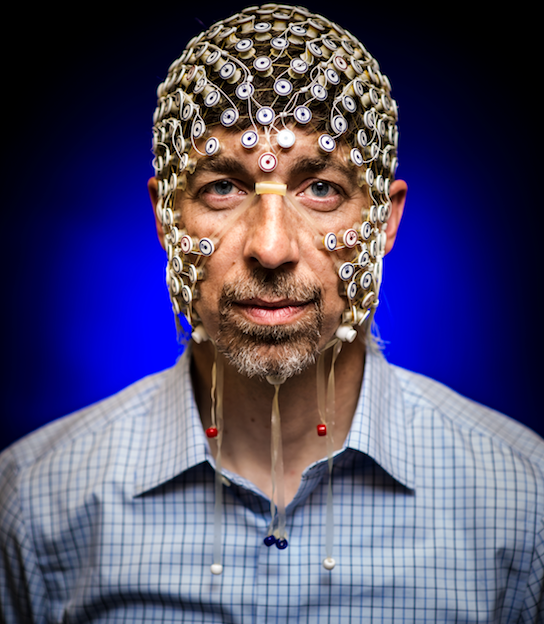BTN.com staff, BTN.com staff, January 19, 2015
One of the most difficult things about researching the human brain is that there?s currently no objective, uniform way to measure exactly what?s happening inside this complex organ.
With a recent study, however, University of Wisconsin students and professors collaborated on developing tools to help researchers and medical professionals better understand connectivity in the brain. A team of psychiatrists, neuroscientists and engineers from the university conducted a groundbreaking study on how pathways in the brain connect and the directions in which information travels.
?It is pretty well known that when you see something, the information enters your eye, travels through the optic nerve and basically ends up being processed by the occipital region of the brain,? said Barry Van Veen, professor of electrical and computer engineering at Wisconsin and one of the lead researchers for the interdisciplinary project.
One of the purposes of the study was to test what happens when a person imagines something and compare that to brain activity that takes place when that same person looks at a tangible object or scene.
?We had a high level of confidence that when you?re seeing something, the dominant flow of signals communicate from the occipital lobe to the more cognitively oriented regions of the brain,? Van Veen explained. ?When you imagine something, you see it in your mind, and we would expect to see the dominant flow of signals going in the other direction.?
To track those signals, a research team led by Wisconsin psychiatry professor Giulio Tononi collected data using electroencephalography, or EEG imaging, to measure the brain activity of various subjects who viewed a series of short video clips and asked to use their imaginations to picture a specific image in their minds. Engineering students in Van Veen?s group then analyzed the data, and their conclusions were reviewed together.
The analysis conducted by the engineering students was aided by the University of Wisconsin?s Center for High Throughput Computing, where more 2.4 million hours - or 274 years of continuous computing time - were used. Without this resource, Van Veen said the data analysis wouldn?t have been possible.
With effective development of these tools to monitor how different parts of the brain are interacting, researchers may be able to objectively assess, for instance, whether certain medications are working or not. Further research may even aid investigations of a variety of brain-related injuries and disorders, from epilepsy and autism to concussions and comas.
Work on this project, which includes a handful of professors and dozens of students across academic disciplines, continues thanks to support from the University of Wisconsin and grants from the National Institute of Health. The goal for future research is to develop brain-tracking tools that could be used in even basic medical settings.
?My hope is that it will be easier for other people who don?t have [our] level of expertise to use these tools in a correct manner,? Van Veen said.
By Angela Bahng







 See what's coming up live on B1G+ every day of the season at BigTenPlus.com.
See what's coming up live on B1G+ every day of the season at BigTenPlus.com. 